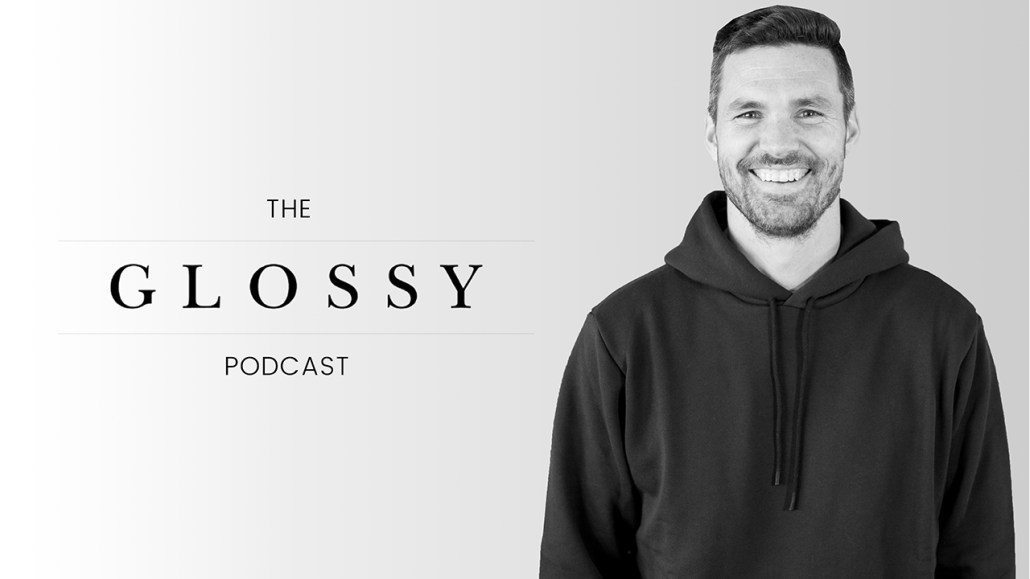Hill City’s Noah Palmer: ‘We’re building a really strong community’

Subscribe: iTunes | Stitcher | Google Play |Spotify
In September, Gap launched Hill City, a menswear brand meant to provide a perfect balance of performance and comfort, plus a sleek, minimalist look.
“If we think about the men’s shopping experience today, there are these two really far apart ends of the spectrum,” said Noah Palmer, general manager of Hill City. “There’s an active end that has really great performance. It works really well and it’s comfortable, but we don’t love the way it looks. It’s not super versatile, it’s heavily logoed, and it might be full of bright colors and crunchy fabrics. Then on the flip side, there’s a lifestyle, streetwear space that looks really good, but it doesn’t have any of the comfort and performance that we’ve come to enjoy. So a lot of what we’re trying to do at Hill City is pull those two ends of the spectrum closer together so they overlap.”
Now, as the brand moves beyond launch stage, Palmer is focused on continuing to develop the identity of Hill City.
On this week’s episode of The Glossy Podcast, Palmer discusses how he’s building a new brand in a market full of legacy brands, how the brand’s community of wear testers is shaping products and what customers actually want out of an e-commerce site. Edited highlights below.
Building a DTC brand inside Gap
“On one side of the coin sits our competitive advantage that comes with sitting under the Gap portfolio, which is one of focus. If we were a traditional startup working out of a garage somewhere, we would spend a lot of our time focused on things the customer never sees and that are a little less sexy, like figuring out office space and HR policy, and setting up a supply chain and distribution center. All of this stuff is hard to do and can take time away from the stuff the customer actually sees. But sitting in the portfolio of brands that we do, we don’t have to spend a lot of time on that stuff, because it’s all leveraged. Instead, we spend our time on what the customer does see: We’re obsessing over product details, or thinking about how a customer experiences our brand from an e-commerce standpoint and a marketing standpoint.”
Using community to build product and marketing strategy
“What we’re the most excited about, and what I think will prove to be a very effective form of marketing, is what we’re doing that’s more word-of-mouth-focused. We have a wear tester program with over 500 people today, which launched with more than 30,000 applicants. I think that’s a really powerful marketing tool, although it’s not only a marketing tool, it’s also a feedback loop for us. The idea is that we give out product to these different cohorts of guys, and it’s product that’s either in development or already launched, and in return we get really robust and thorough feedback. What’s been cool is seeing trends in the feedback we’re getting, which allows us to iterate on design and product development that would end up different otherwise. At the same time, we’re also building a really strong community. We’re creating these more personal relationships with guys, so the challenge we have now is figuring out how to magnify and scale the program so it can have a broader impact on the business.”
Men want to learn about their products
“The biggest surprise is what we’re seeing from a site standpoint. If you saw our website at launch, it was relatively stripped down. We had made this assumption that guys would come to the website with an idea of what they wanted, and that they would want a seamless shopping experience where they could just find [what they wanted] and then check out. What we found really quickly was that that wasn’t what the Hill City customer wanted. He wants to do a lot of research. He wants to learn and figure out more about fit, fabric, quality and performance, so our role shifted. We needed to do a lot more educating on the site and create a lot more content for it. Our customer was spending more time there than we had anticipated and was using it as a learning tool, as opposed to just a mechanism for shopping.”
More in Marketing

The definitive Digiday guide to what’s in and out for advertising in 2026
Here’s the definitive guide to what’s in and out in 2026.

‘Less pitching, more listening’: What Amazon is really doing at CES
Amazon’s ad execs come to CES for their annual reality check.

After watching X’s ownership issues play out, marketers brace for TikTok whiplash in 2026
TikTok’s ownership drama has echoes of X (formerly Twitter), but ad performance has kept marketers for fleeing—for now.








